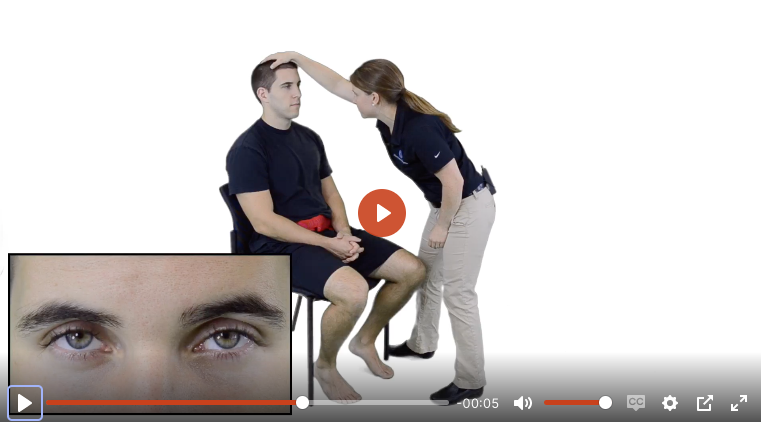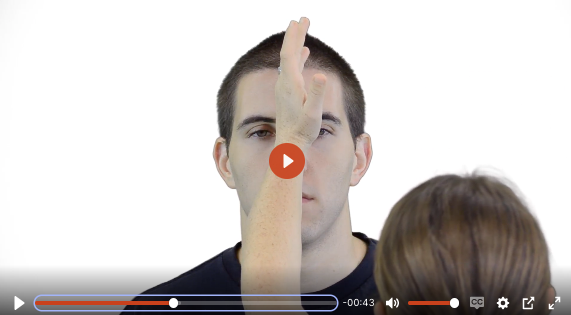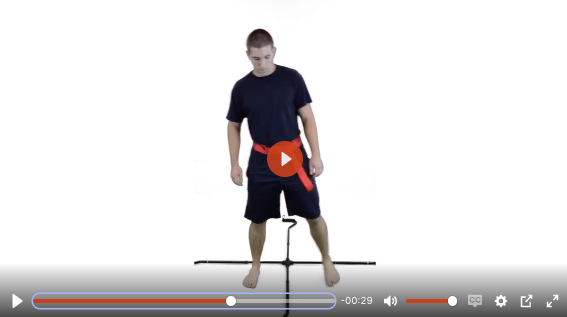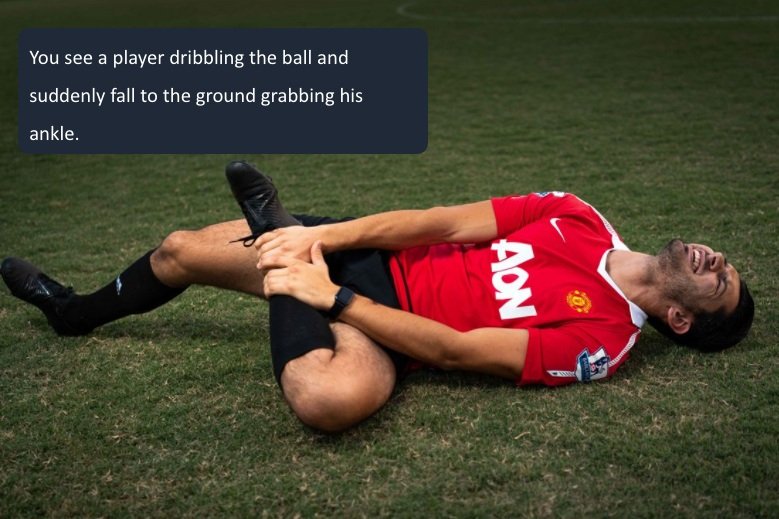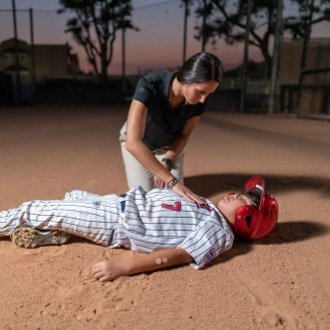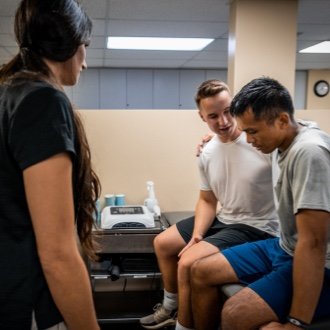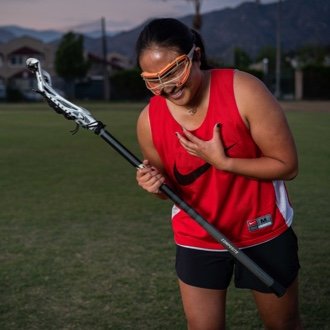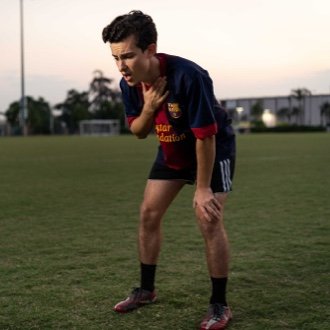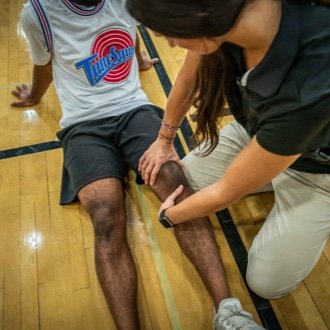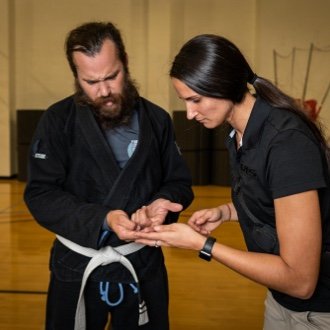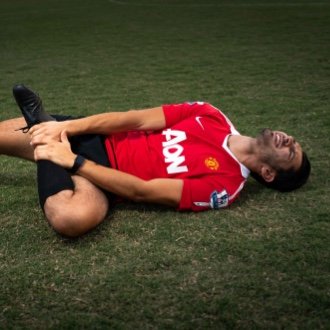As we work our way closer to the beginning of the Spring 2022 semester, it's time to consider your spring coursework, and now is the perfect time to think about the tools and resources that best complement your teaching. When considering the delivery of your coursework, one of the biggest challenges is how to ensure appropriate scaffolding and reinforce the skills we use on a in providing patient care. Students frequently struggle to obtain high-quality resources to reinforce the learning you're teaching, and many find that frustrating and time-consuming.
One of the things that students tend to struggle with is the implementation of neurologically based testing, specifically in the context of evaluation of concussion. Concussion evaluation and treatment has rapidly evolved in the past several years, and so a platform that's able to be nimble and stay up to date on the ever-evolving evidence is critical.
The ATu portal is a crucial resource for your students to reinforce their neurological screenings, as it includes:
And more!
The particular challenge with these skills is that they are SO specific in the technical details for accurate and reliable performance, and the ATu portal allows for students to practice with high-quality reference materials. While these skills may not be used daily, when they are deployed, there's no room for error in dealing with these challenging diagnoses. As such, high-quality and effective repetitions are VITAL.


